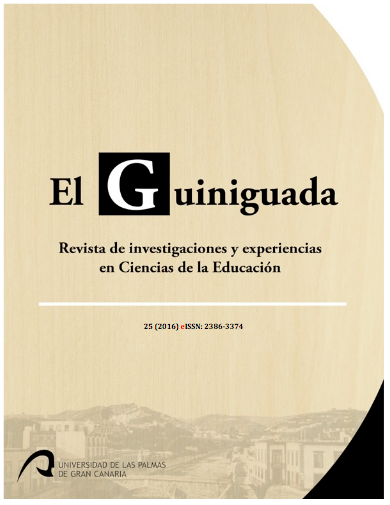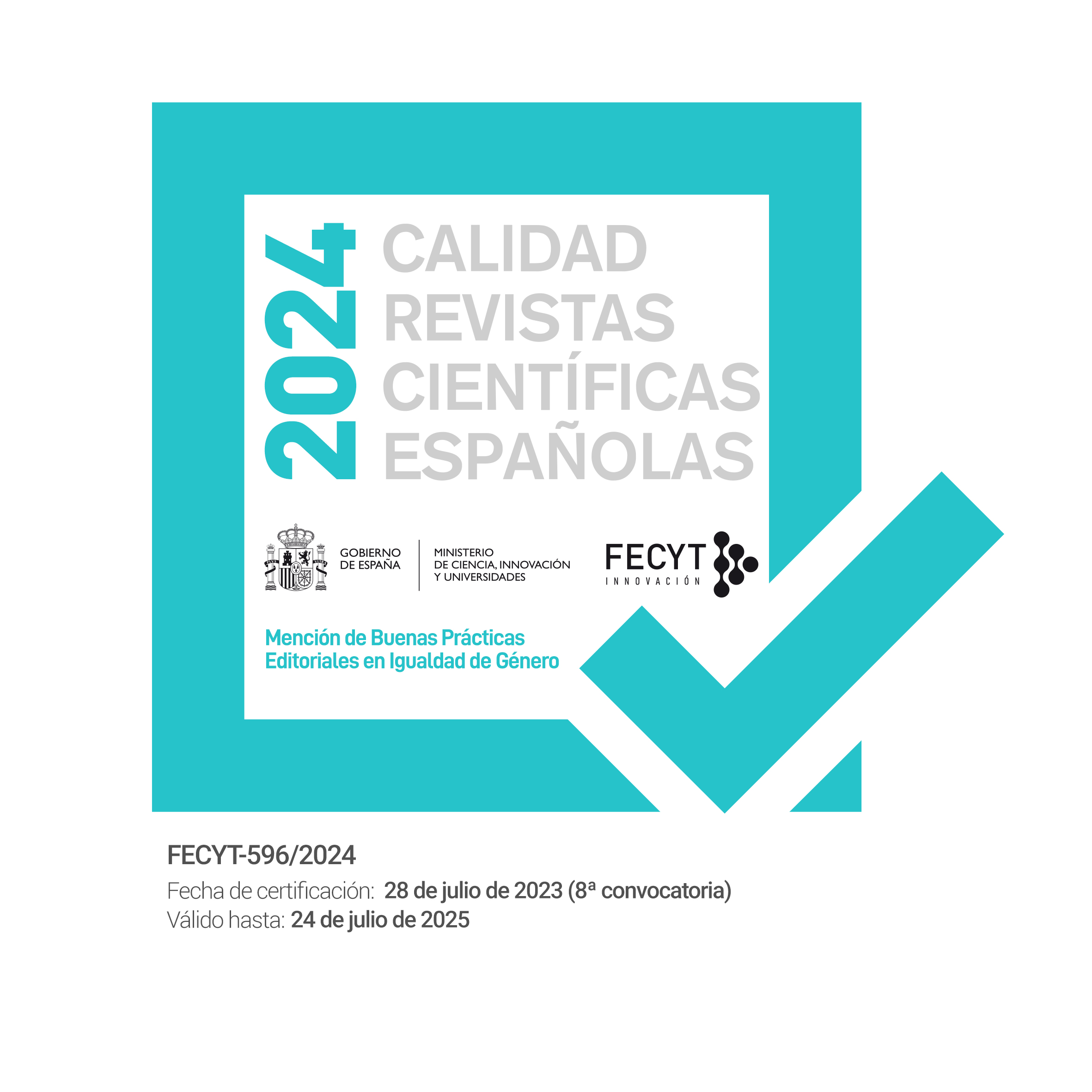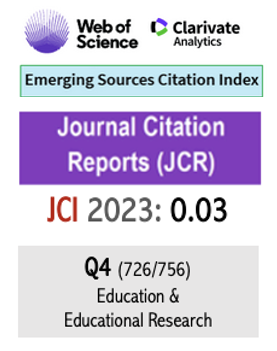Turismo didáctico: Barcelona y el Quijote. doi 10.20420/ElGuiniguada.2016.0081
Keywords:
Didáctica de la literatura, turismo, ELE, El Quijote, BarcelonaAbstract
Reflexionamos en este artículo sobre el concepto de “turismo didáctico o pedagógico” junto con el de “geografía cultural” como herramientas de aprendizaje del español como lengua extranjera a través de la obra maestra de Cervantes. Exploramos concretamente las posibilidades didácticas de los capítulos que ilustran el trasiego del hidalgo desde su natal Castilla-La Mancha (tradicional y castiza), hasta la moderna y cosmopolita ciudad de Barcelona.
DOI 10.20420/ElGuiniguada.2016.0081
Downloads
References
Carreras, C. (1988). “Paisaje urbano y novela”. Estudios Geográficos, Vol. 49 nº 191, pp. 165-187.
Cervantes, M. de. (1975a). Don Quijote de La Mancha: Tomo I. Santiago de Chile: Editorial Universitaria.
Cervantes, M. de. (1975b). Don Quijote de La Mancha: Tomo II. Santiago de Chile: Editorial Universitaria.
Cervantes, M. de. (2014). Don Quijote de La Mancha (adaptado por A. Pérez Reverte). Madrid: Santillana
Houellebecq, M. (2011). El mapa y el territorio. Barcelona: Anagrama.
Joyce, J. (1976). Ulises. Barcelona: Lumen.
Laforet, C. (1945). Nada. Barcelona: Destino.
Mendoza, E. (1975). La verdad sobre el caso Savolta. Barcelona: Seix Barral.
Mendoza, E. (1986). La ciudad de los prodigios. Barcelona: Seix Barral.
Panadero, M. (2004). “El espacio geográfico del Quijote”. Estudios Geográficos, Vol. 65 nº 256, pp. 471-496.
Parra, F., Fernández, M., Petschen, S., Garmendia, J. A., Garrido, J. P., Montero de Juan, J., Bravo, G., Ríos, M. J., y Maestre, J. (2005). El lugar de La Mancha es...: El Quijote como un sistema de distancias/tiempos. Madrid: Editorial Complutense.
Ramis, LL. (2010). Egosurfing. Barcelona: Destino.
Riquer, M. de (1993). Aproximación al Quijote. Barcelona: Teide.
Ruiz, C. (2001). La sombra del viento. Barcelona: Planeta.
Published
How to Cite
Issue
Section
License
Authors who publish with this journal agree to the following terms:
- Authors retain copyright and grant the journal right of first publication with the work simultaneously licensed under a Creative Commons Attribution License that allows others to share the work with an acknowledgement of the work's authorship and initial publication in this journal. You can not make a commercial use of the work. The use derived from the work is also not allowed.
- Authors are able to enter into separate, additional contractual arrangements for the non-exclusive distribution of the journal's published version of the work (e.g., post it to an institutional repository or publish it in a book), with an acknowledgement of its initial publication in this journal.
- Authors are permitted and encouraged to post their work online (e.g., in institutional repositories or on their website) prior to and during the submission process, as it can lead to productive exchanges, as well as earlier and greater citation of published work (See The Effect of Open Access).
















